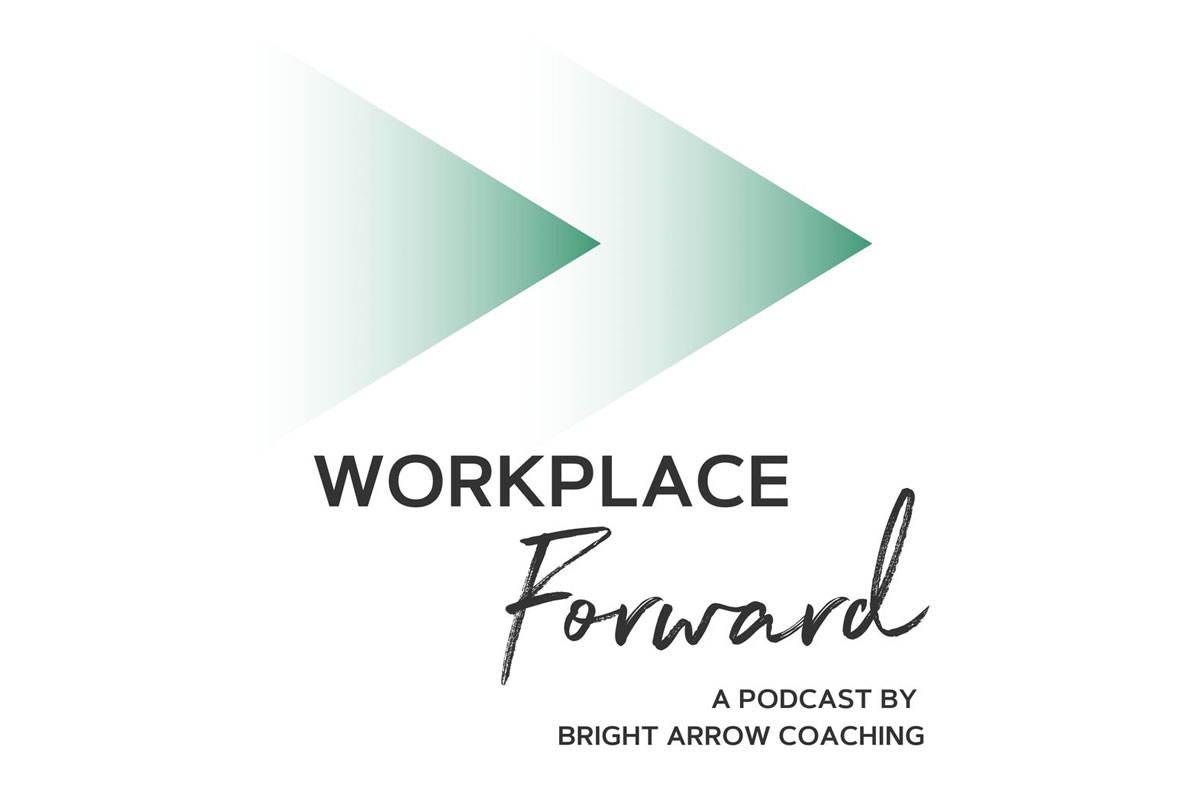What is fear?
Ask 10 people, and you’re likely to get 10 separate answers. Fear is defined as an unpleasant emotion caused by the belief that someone or something is dangerous, likely to cause pain, or a threat.
We take in a lot of fear in our lives through television and social media. Arguably, fear keeps us in line and causes us to misbehave. (Marinate on that for a sec.) In my coaching practice, I work with my clients to help them identify and address fear. It doesn’t matter if it’s with a CEO or a private client. It always comes up.
Fear exists for everyone.
Between my own, interesting life path and the hours I spend coaching, I’ve quickly become an expert on fear. I’ve also gone from loathing it (personally) to having a true fondness for it and what is it trying to do for us (logically).
There are two types of fear:
Real Fear
-
- Death
- Accidents or traumatic events
Imagined Fear
-
- Rejection
- Success
- Failure
- Vulnerability
- Being taken advantage of
- Helplessness
- Disapproval
- Blow to the ego
Unfortunately, your body—including your brain—doesn’t know the difference between real or imagined fear. The internal response to fear is the same. It feels like you’re being chased by a lion. It can be an exhausting, repetitive pattern that keeps you from reaching your true potential. Fear wears many disguises:
-
- Stress
- Work (the biggest disguise, and we wear it like a badge of honor)
- Relationships
- Money
- Jealousy
- Shame
- Modesty
- Assumptions
- Interpretations
- Limiting beliefs (*Imposter syndrome)
- Self-judgment
- Resistance (fear, ego, impatience)
- Worry
- Anxiety
- Loss of control
- Worthlessness
- Inadequacy
The next time you feel anything on this list, experiment with calling it by its true name: fear. Example: I’m feeling stressed then becomes: I’m feeling afraid. Get to the root of why (because there’s always a why) and then realize it’s not going to break you.
The anxiety caused around fear—preventing us from taking risks, making decisions, or keeping us in limbo—is usually worse than the fear itself! When I feel fear now, I like to look it right in the eye and examine it with some curiosity. Fear is actually my signal that I am on the right path. That I’m stretching outside my comfort zone and am onto something big!
To society, however, we’re taught to play by the rules, to avoid fear at all costs, and to avoid risk. But growth requires fear and risk. We can’t and shouldn’t avoid what makes us uncomfortable. That’s where change happens. Continuing to be unconscious about our fears blinds us and blocks our view of what is possible. So, on that note, I’ve developed an 8-step process for managing fear.
Step 1: Don’t drown it, numb it, ignore it, or run from it.
Step 2: Acknowledge it.
Step 3: Name it. Has this version of fear lied to you before?
Step 4: Thank it. (Yes, really.)
Step 5: Invite it in for a moment so you can find out why it’s shown up in the first place.
Step 6: Politely ask it to take a backseat.
Step 7: Replace it with the feeling or mantra you want to focus on instead.
Step 8: Heal it with action (the only remedy for fear).
Repeat this process as fear comes up, and you’ll realize not only is fear not the “worst-case scenario you thought it was, but it can be a tool you use instead of something you run from.
What’s your biggest fear? What’s your daily stress caused from? Are you stuck in a pattern, and are you ready to break free? Identify, acknowledge, and eliminate. Use all of your tools—fear included—to live the life you intend to live.
“Courage is resistance to fear, master of fear, not absence of fear.” – Mark Twain









